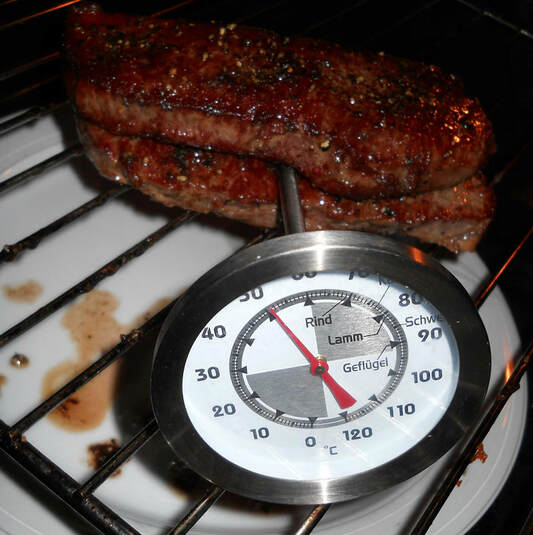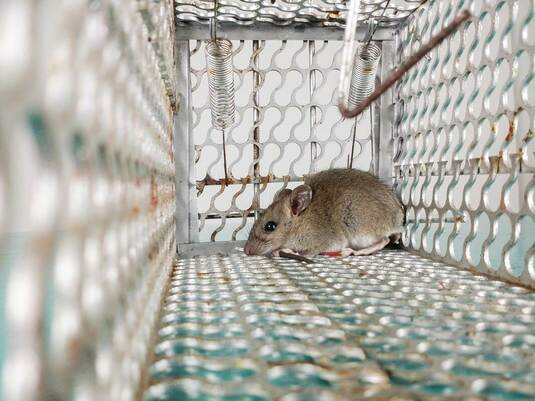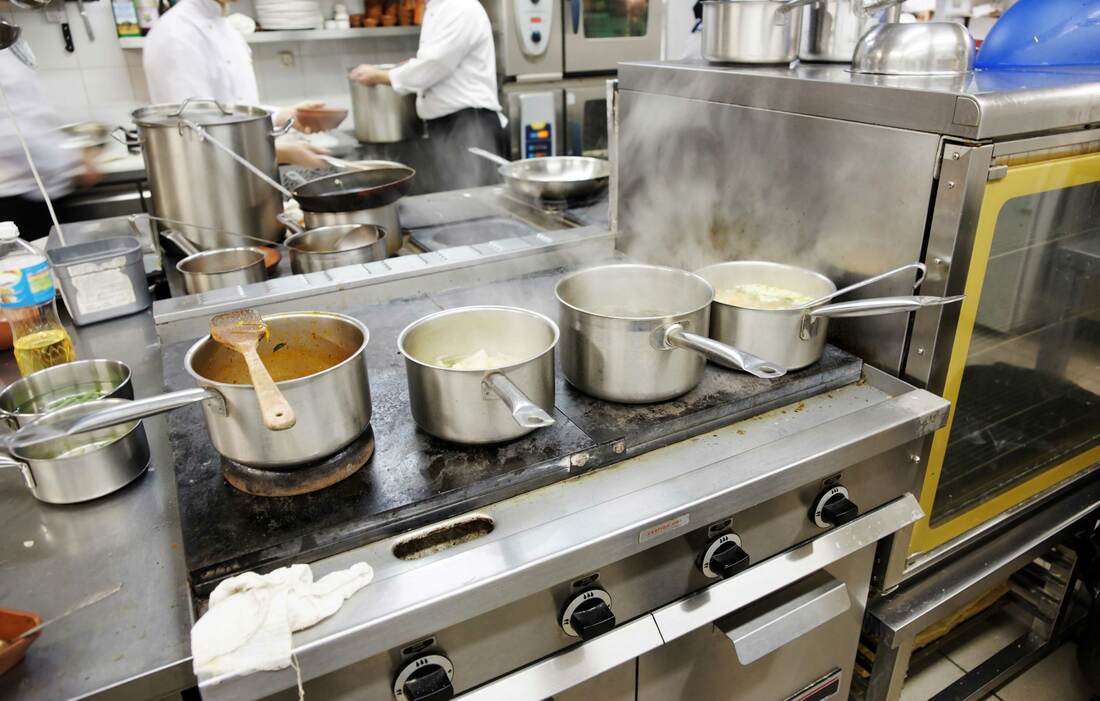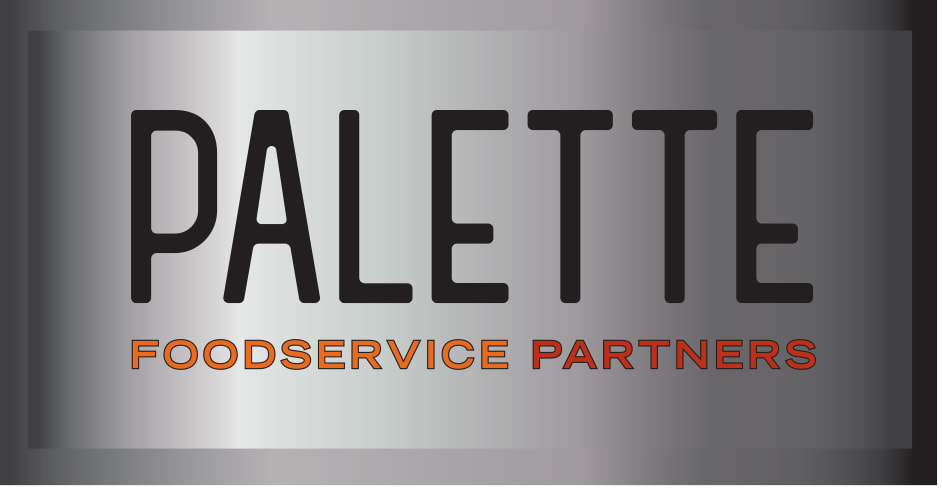|
As you fine-tune your menu based on seasonal changes, trending ingredients or problems with current suppliers, you are likely speaking with potential suppliers on a regular basis. At the 2018 Food Safety Consortium, Doug Marshall, Ph.D., chief scientific officer at Eurofins, recommended some key questions companies should ask when sourcing ingredients and building a strong supply chain verification program. For one, ask the supplier if they have a food safety plan and if you can review it. Second, ask if they have been part of a Global Food Safety Initiative-based audit and if they can share the results of their last audit with you. Finally, ask if the supplier has ever been part of a recall or outbreak. If so, you can research the event and find out how the company resolved it. It may not disqualify them — particularly if the event occurred just once and ushered in a retooling of safety practices that have protected the company since.
Any food safety training course provides information about the temperatures needed to help prevent the growth of bacteria in food. But following those rules won’t necessarily prevent problems in your kitchen. A Statefoodsafety.com report dispelled some common myths. One common one: Meat can be thawed any way you like as long as you cook it to the proper temperature. (Bacteria can actually begin growing on the outside of meat as it thaws — even if the inside is still frozen — and some bacteria produce toxins that cooking does not destroy.) A myth about cooling also persists: As long as food was cooked to the proper temperature, it can be cooled most any way. This, of course, is also incorrect. It’s critical to minimize the amount of time a food stays in the temperature danger zone (41˚F-135˚F) while cooling. The best approach can vary depending on the dish: For example, refrigerating a large pan of hot food (before placing it in smaller, shallow containers) can inadvertently accelerate bacteria growth instead of slowing it down.
At a time when just about any activity in your kitchen can be monitored remotely with the help of sensors, the same is true of pest control. Systems currently on the market have their advantages and disadvantages. They provide the opportunity for round-the-clock monitoring of pest activity when people aren’t around and rodents are more likely to emerge, as well as continuous tracking out-of-the-way places like false ceilings, rooflines or areas of your operation that are secured for safety reasons. There’s also opportunity to collect longterm data about your pest activity and determine what behaviors might be leading to it. On the minus side, false positives can happen with these systems, so they may be best suited for low-traffic areas of your facility.
Consumer demand for transparency extends from the origins of the food you serve to the environmental friendliness of your packaging. To address the latter, many operators have embraced recycled packaging, but according to a Food Safety Magazine report, that isn’t without its own risks. The report indicated that recycled fiber may carry lacquers, printing ink and adhesives that may be harmful to humans if used in food packaging. While the FDA makes recommendations to manufacturers regarding the chemical contaminants found in recycled items used for food packaging, these guidelines aren’t legally enforced. While policy catches up, foodservice operators can simply be aware of the potential for contamination. If you use recycled packaging or are considering it, talk to your suppliers about how they manage these concerns.
Having an up-to-date food safety plan has benefits beyond preventing foodborne illness and cross-contamination. It’s also an important factor in saving money and demonstrating your accountability. As the food safety software firm Focus Works points out, having a food safety plan can ensure you’re storing and processing foods in ways that lead to less waste, so you won’t have to discard contaminated food that isn’t safe to serve. Further, if and when a foodborne illness outbreak occurs and your operation is named as a potential source, your staff training logs and other records can help back you up in court, demonstrating your commitment to running a safe operation.
Should you hear from guests worried about the safety of their food now or in the future, would you know how to respond? Wendy’s, for one, made a statement that it had safety protocols in place that exceeded FDA standards anyway, implying that the risk to their food supply was minimal. Could you make a similar statement about your operation? If not, it’s an ideal time to take steps to bolster your food safety program. Can you incorporate more technology in place of pencil-and-paper processes? Digital processes can bring efficiencies to your inventory management, auditing and training practices, and better manage the potential for human error, which can all impact your food safety. Can you eliminate hard-copy records from your operation in favor of electronic records that are easy to access and analyze? Can you enhance your kitchen’s connectivity with sensors that can alert you remotely when appliances aren’t keeping foods at the appropriate temperatures? While you’re likely not waiting for inspections to force changes to your food safety protocols, the key lesson for restaurant operators may be that it really is up to them — not outside authorities — to fortify food safety controls that protect guests.
The beginning of the year is a good time to fortify your business for busier times of year and clear the clutter that doesn’t work. If you have old equipment that is difficult to clean, it may be time for a replacement — or at least a careful cleaning, which can help extend its use. For any appliances that are cleaned in place, Statefoodsafety.com advises you to remind your team to turn off and unplug the item prior to cleaning, and wash and rinse the outside and then underneath it to prevent contamination. Any removable parts should be cleaned and sanitized, either by soaking them in a solution or cleaning them in a three-compartment sink. Air dry all parts, since wiping with a cloth can spread bacteria, and then put the item back together, wiping and resanitizing any surfaces that may have gotten contaminated during the assembly.
|
subscribe to our newsletterArchives
April 2024
Categories
All
|










 RSS Feed
RSS Feed